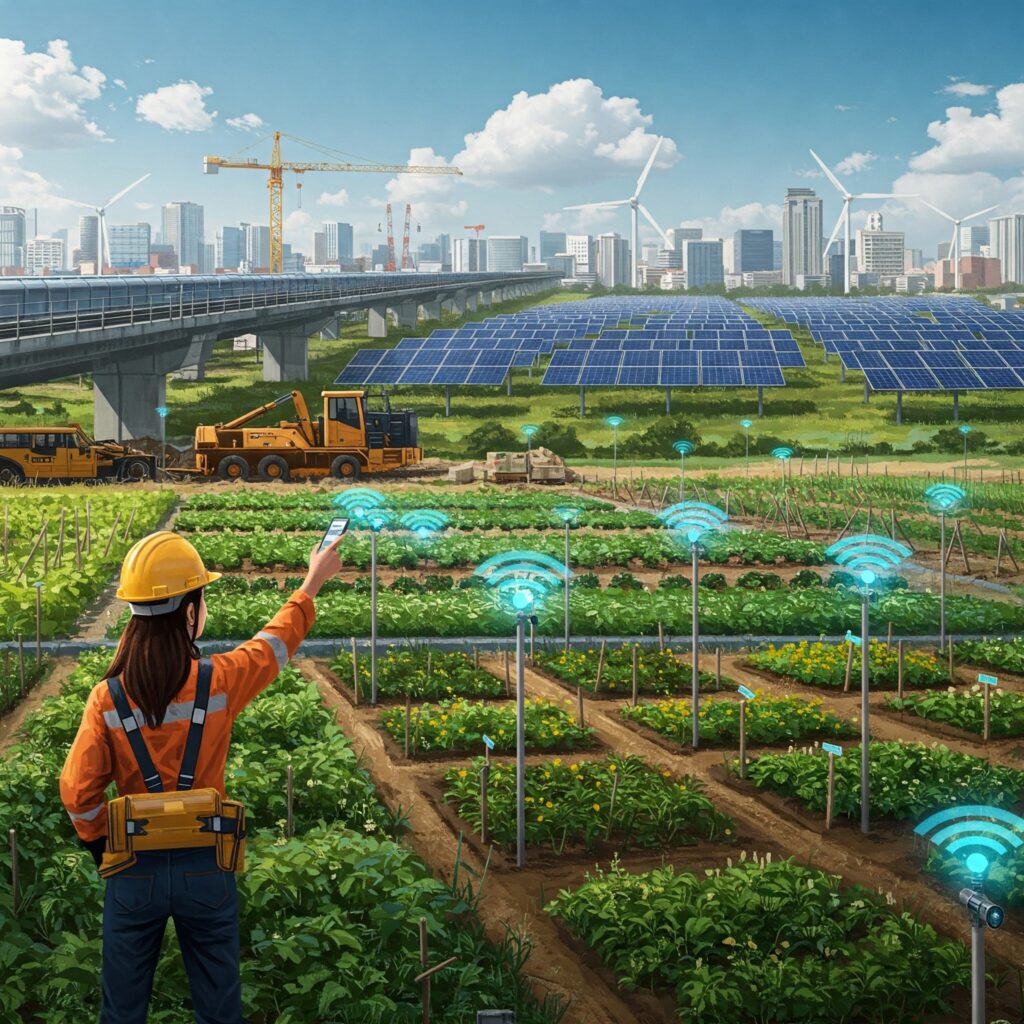Infrastructure is the backbone of any thriving society. From roads and bridges to schools and hospitals, well-planned infrastructure developments enhance economic growth, improve quality of life, and ensure sustainable progress. Investing in modern infrastructure not only creates job opportunities but also fosters innovation and connectivity.
1. The Importance of Infrastructure Development
A strong infrastructure system contributes to:
Economic Growth: Efficient transportation, communication, and energy systems boost business and trade.
Social Well-being: Access to healthcare, education, and sanitation improves overall living conditions.
Sustainability: Green infrastructure and smart city planning help combat climate change and reduce environmental impact.
2. Key Sectors in Infrastructure Development
A. Transportation
Development of highways, railways, airports, and metro systems improves connectivity and reduces travel time.
Smart traffic management systems ensure smoother mobility in urban areas.
B. Energy & Power
Investments in renewable energy sources like solar and wind power promote sustainability.
Upgrading electrical grids ensures a stable and efficient power supply for industries and households.
C. Education & Healthcare
Building schools, universities, and digital classrooms enhances access to quality education.
Developing hospitals, clinics, and telemedicine facilities ensures better healthcare services.
D. Water & Sanitation
Infrastructure projects for clean water supply and waste management improve hygiene and public health.
Sewage treatment plants and rainwater harvesting promote environmental conservation.
3. Challenges in Infrastructure Development
Funding Issues: Large-scale projects require significant financial investment.
Bureaucratic Delays: Long approval processes can slow down progress.
Environmental Concerns: Construction projects must balance development with ecological sustainability.
4. The Role of Public-Private Partnerships (PPPs)
Collaboration between governments and private entities can accelerate infrastructure development through:
Investment & Innovation: Private firms bring in funding and advanced technology.
Efficient Management: PPPs ensure timely completion and quality standards in projects.
Sustainable Models: Focus on eco-friendly solutions and long-term benefits.
5. Future Trends in Infrastructure
Smart Cities: Integration of IoT and AI for efficient urban planning.
Green Infrastructure: Focus on sustainable and eco-friendly development.
Digital Connectivity: Expansion of 5G networks and smart grids for enhanced communication.
Conclusion
Infrastructure development is a crucial driver of economic and social progress. By investing in modern, sustainable, and resilient infrastructure, societies can ensure a better quality of life for present and future generations. Strategic planning, innovative technology, and collaborative efforts will pave the way for a more connected and prosperous world.
